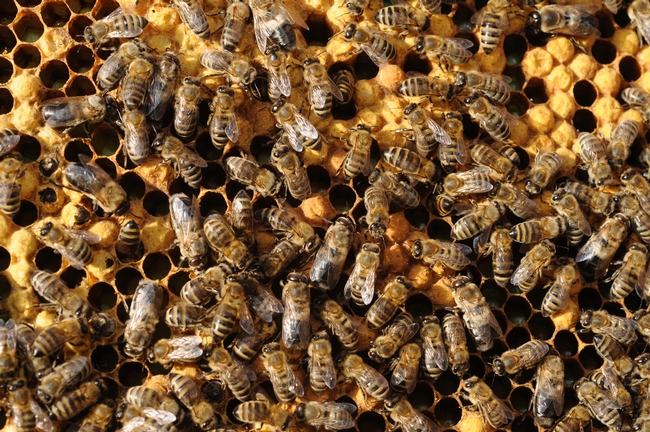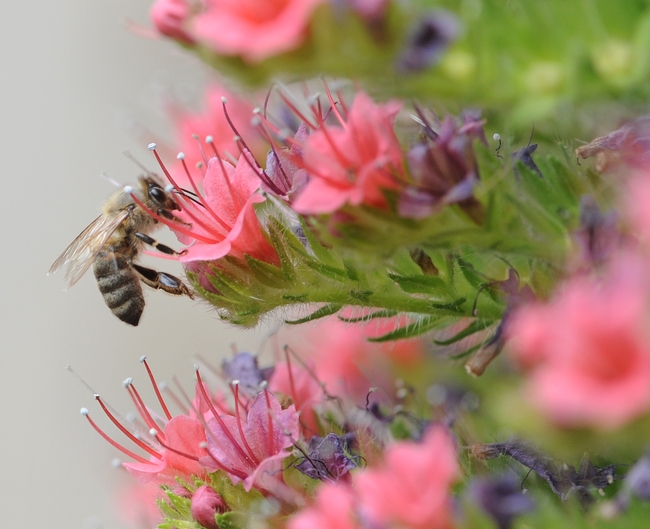"How are the bees doing?"
That's the question beekeepers are asked all year.
Well, today the annual survey conducted by the U.S. Department of Agriculture (USDA) and the Apiary Inspectors of America (AIA) answered that question.
The response? Roughly the same.
Total losses from honey bee colonies nationwide amounted to 30 percent from all causes for the 2010/2011 winter.
That's about the same for the past four years:
2009/2010: 34 percent
2008/2009: 29 percent
2007/2008: 36 percent
2006/2007: 32 percent
"The lack of increase in losses is marginally encouraging in the sense that the problem does not appear to be getting worse for honey bees and beekeepers," entomologist Jeff Pettis said in a news release issued today by the USDA's Agricultural Research Service. Pettis leads the Bee Research Laboratory, Beltsville, Md., the chief scientific research agency of USDA.
Colony collapse disorder (CCD), first reported in 2006 by Pennsylvania beekeeper (Dave Hackenberg) overwintering his bees in Florida, is still with us. CCD is a mysterious phenomenon characterized by adult bees abandoning the hive, leaving behind the queen bee, food stores and immature brood. The worker bees leave. Nobody knows where they go. There are no dead bees to examine.
According to the ARS news release, the beekeepers who reported colony losses with "no dead bodies present" also reported higher average colony losses (61 percent) "compared to beekeepers who lost colonies but did not report the absence of dead bees (34 percent in losses)."
Some 5,572 beekeepers responded to the survey, which covered autumn to spring--the period from October 2010 to April 2011. Together these 5,572 beekeepers manage more than 15 percent of the 2.68 million colonies in the U.S.
What's interesting is that the beekeepers said they felt losses of 13 percent would be "economically acceptable." However, "61 percent of responding beekeepers reported having losses greater than this," according to the ARS press release.
So, the losses are still not economically acceptable, but the lack of increase is "marginally encouraging."
Bottom line: roughly the same.
Attached Images:

Honey bees working a hive at the University of California, Davis.. (Photo by Kathy Keatley Garvey)

Honey bee near the Harry H. Laidlaw Jr. Honey Bee Research Facility, UC Davis. (Photo by Kathy Keatley Garvey)